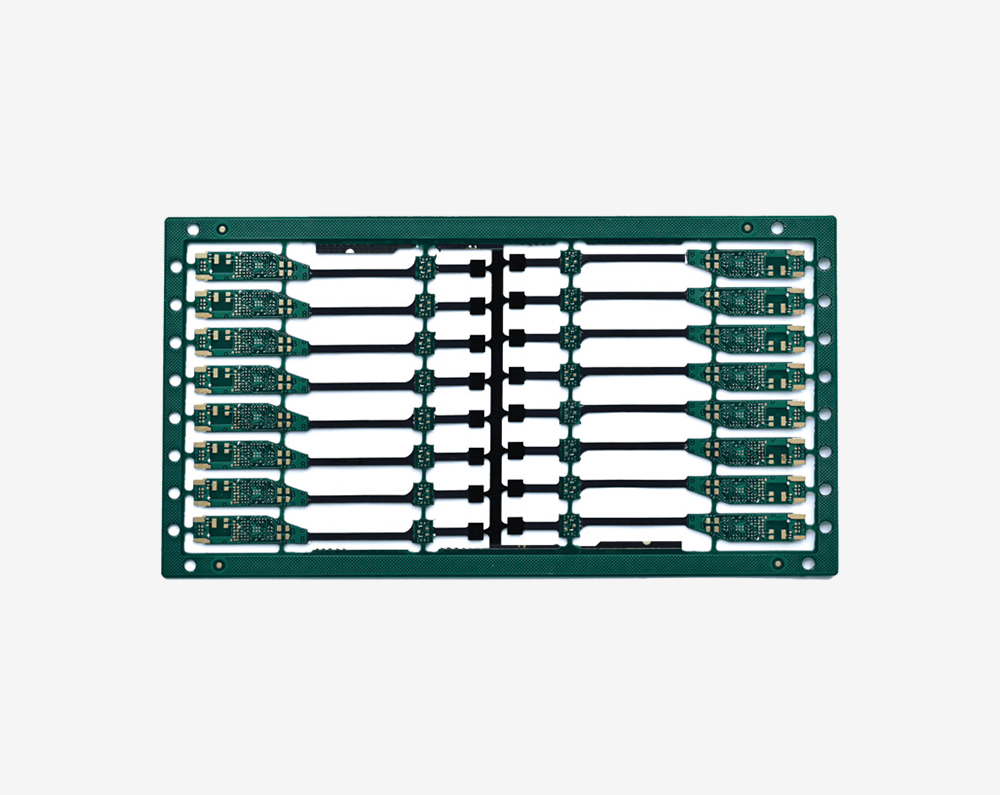Time:2023-08-10Views:
When designing a PCB circuit board, it is necessary to pay attention to the basic situation of how many wiring layers, grounding planes, and power planes are required to achieve the required functions of the circuit. The establishment of the number of layers of wiring layers, grounding planes, and power planes of a PCB circuit board is related to the basic functions of the circuit, signal integrity, EMI, EMC, manufacturing costs, and other requirements.
Compared to the vast majority of designs, there are many interrelated requirements for key factors such as performance requirements, cost, manufacturing technology, and system complexity of PCB circuit boards. The stacking design of PCB circuit boards is generally determined by compromise after considering various key factors. High speed digital circuits and RF circuits generally adopt multi layer board design.

stratification
In multi-layer PCB circuit boards, there are usually signals, power planes, and grounding planes. The power plane and grounding plane are generally undivided solid planes. They will provide a good low impedance current return path for the current of adjacent signal lines between them.
The majority of the signal layer is located between these power sources or ground reference plane layers, forming symmetrical or asymmetric striplines. The top and bottom layers of multi-layer PCB circuit boards are generally used to prevent components and a small amount of wiring. The wiring requirements for such signals should not be too long to reduce direct radiation caused by wiring.

